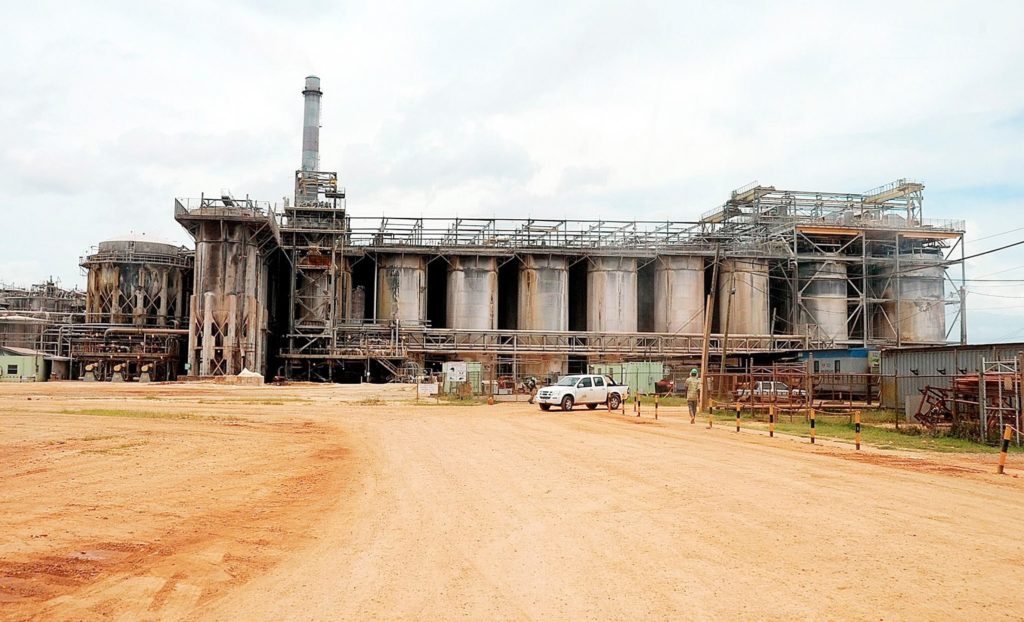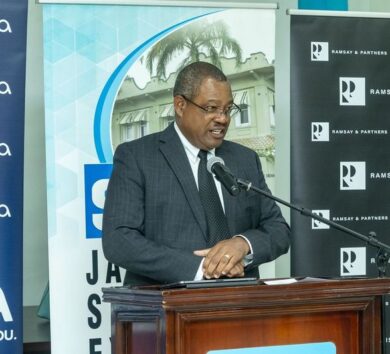

A big increase in alumina production, along with positive outturn in manufacturing, was the main indicator that was responsible for the Jamaican economy expanding by 2.3 per cent during the second quarter of the current calendar year, when compared to the corresponding period in 2022.
During the Statistical Institute of Jamaica’s (STATIN) virtual quarterly press briefing on Wednesday (October 18), Director General Carol Coy revealed that the ‘Mining and Quarry’ segment grew 164.2 per cent during the review period, mainly due to an increase in alumina output at the JAMALCO refinery in Clarendon. She said a 3.2 per cent growth in manufacturing activities also contributed to the strong performance of the segment.
Coy also indicated that the growth was reflected in the ‘Services and Goods Producing’ industries, which expanded by 2.2 and 2.6 per cent, respectively.
She outlined that the value added of all service industries increased, except for ‘Wholesale and Retail Trade’, ‘Repairs, Installation of Machinery and Equipment’ and ‘Producers of Government Services’.

The higher levels of economic activity recorded by the other service industries included: ‘Transportation, Storage and Communication’, which grew by 5.6 per cent; ‘Hotels and Restaurants’, up 7.8 per cent; ‘Electricity and Water Supply’, up 6.2 per cent; ‘Other Services’, up 2.2 per cent; ‘Finance and Insurance Services’, up 2.1 per cent; and ‘Real Estate, Renting and Business Activities’, up 1.8 per cent.
There was a 0.1 per cent decline in both ‘Wholesale and Retail Trade’ and ‘Producers of Government Services’.
However, value added for ‘Agriculture, Forestry and Fishing’ and ‘Construction’ declined by 8.1 and 0.7 per cent, respectively.
“Compared to the first quarter of 2023, total value added at constant prices grew by 0.2 per cent. This resulted from a 0.8 per cent increase in the goods producing industries, while the services industries declined by 0.1 per cent,” Ms. Coy added.
The STATIN boss pointed out that the economy’s positive performance demonstrates “continued recovery”.







Comments